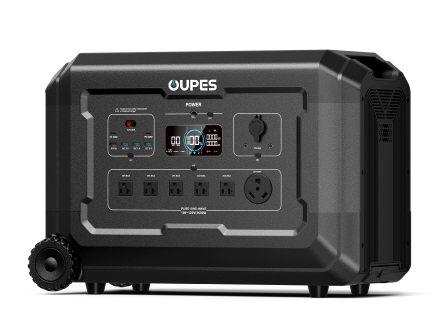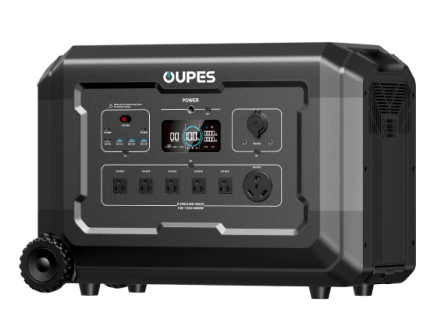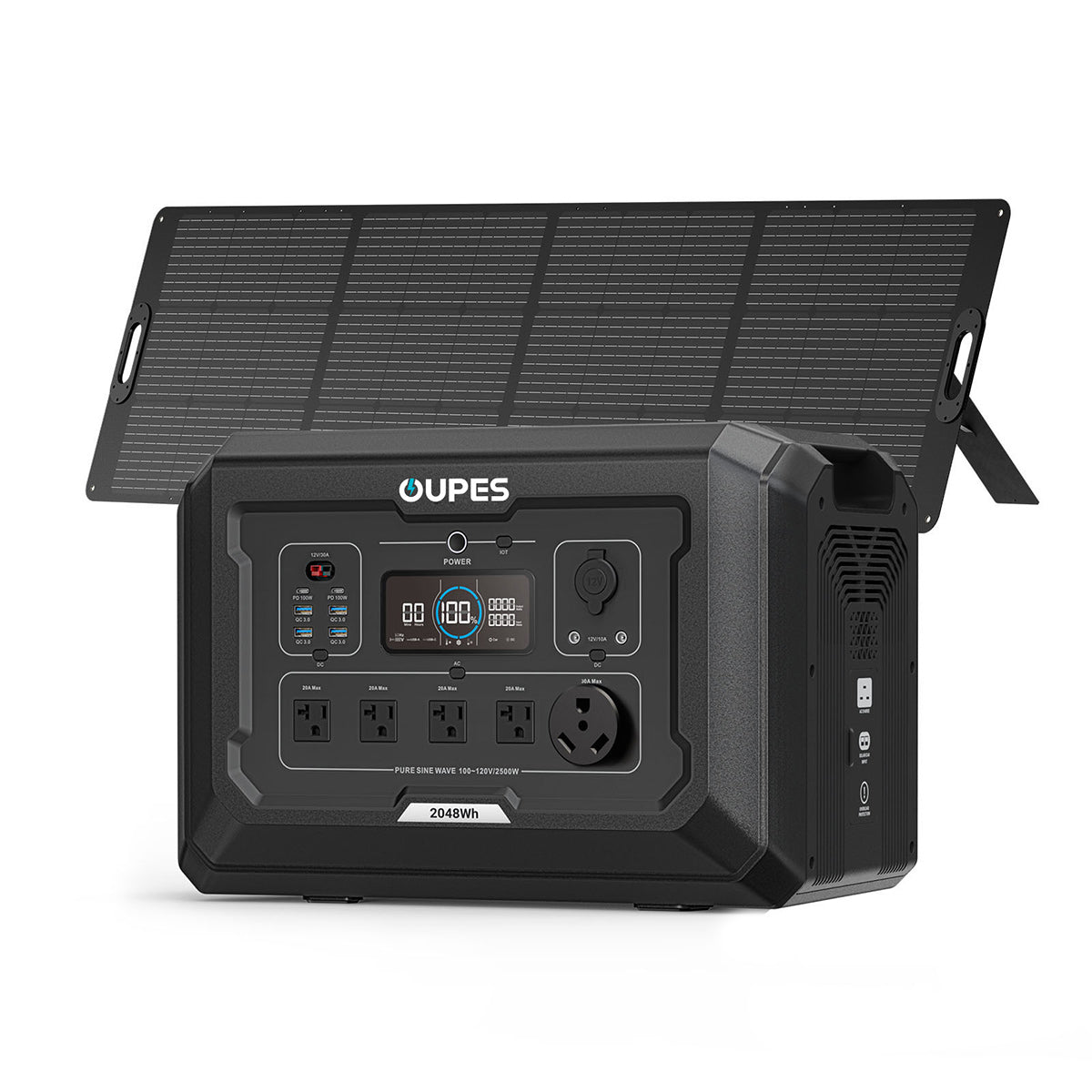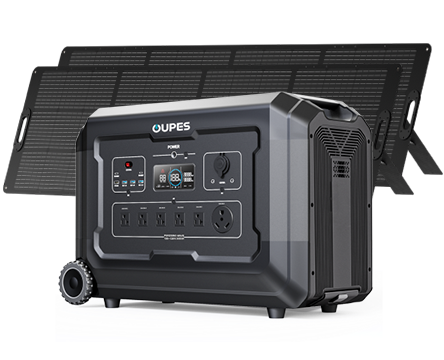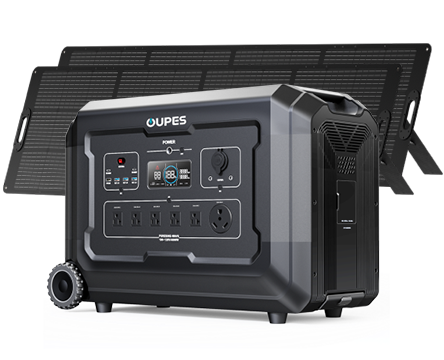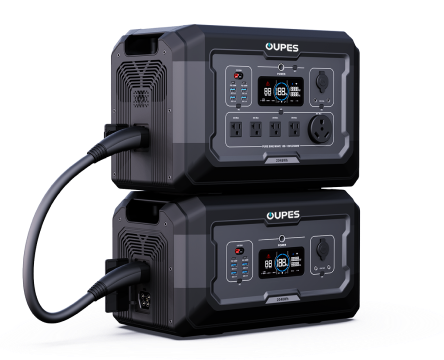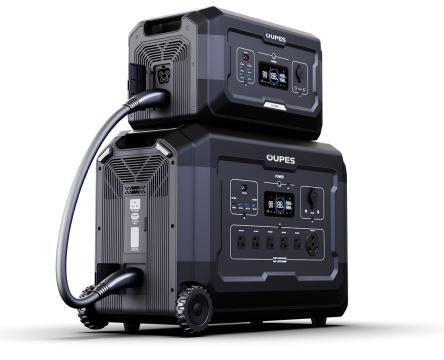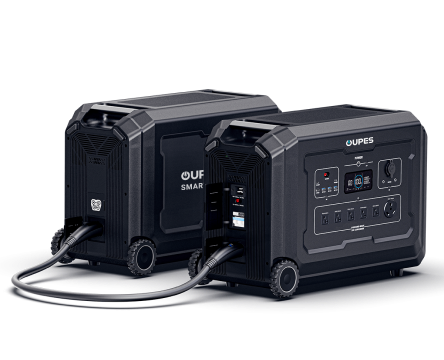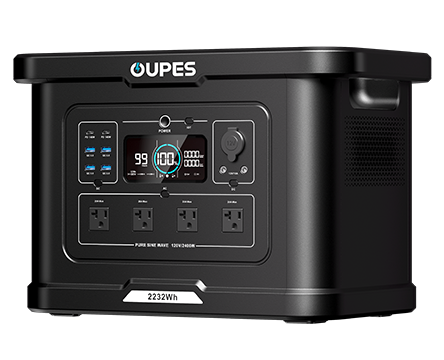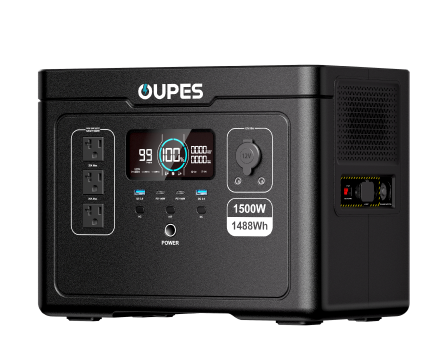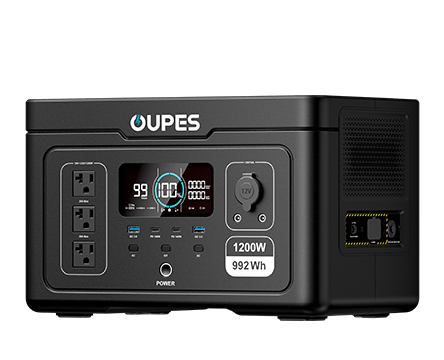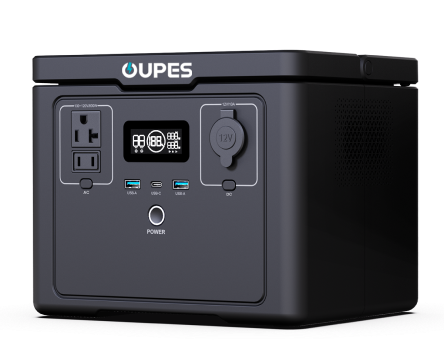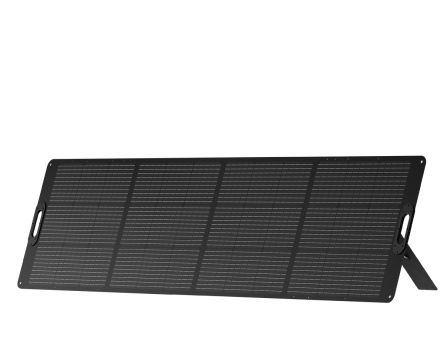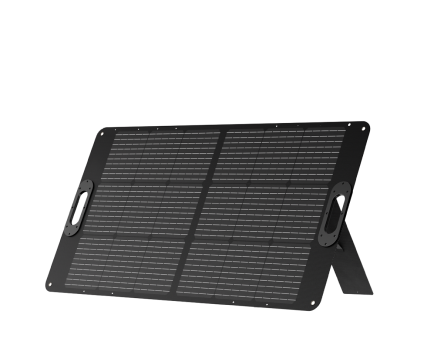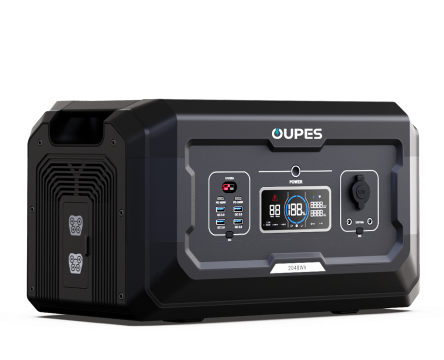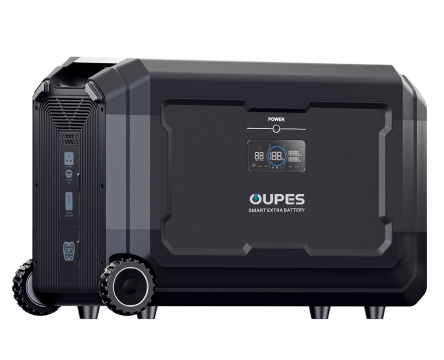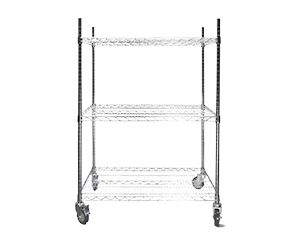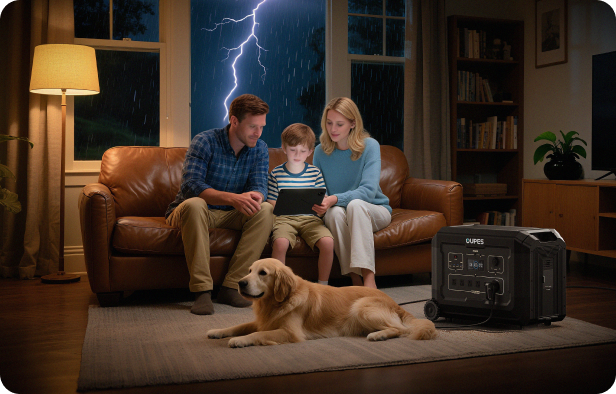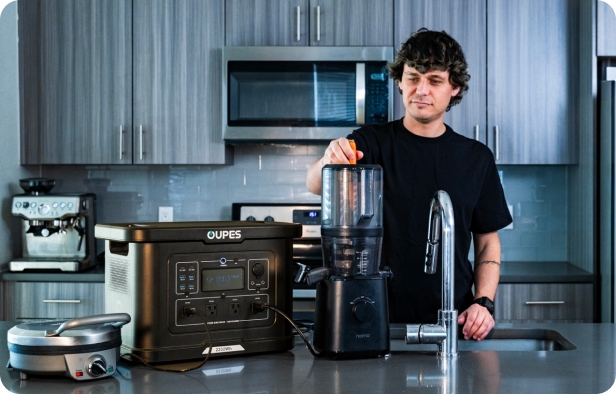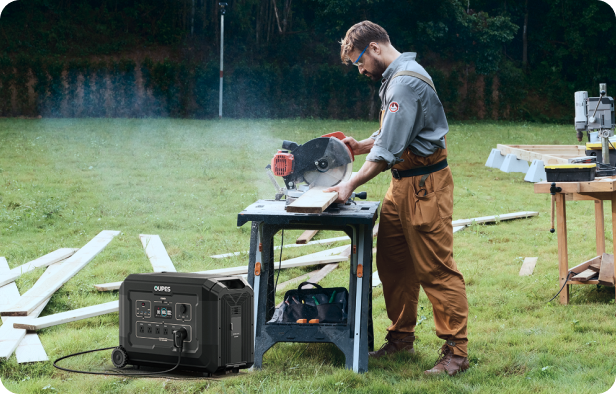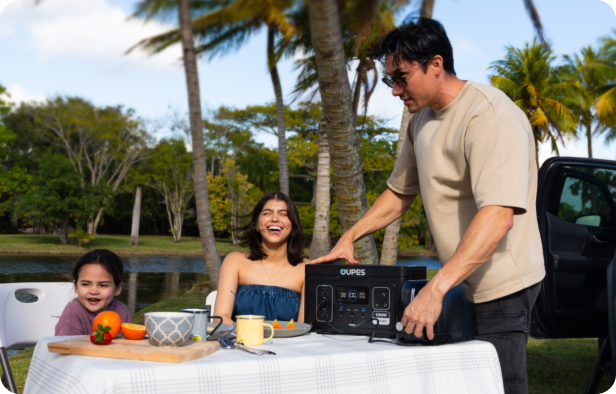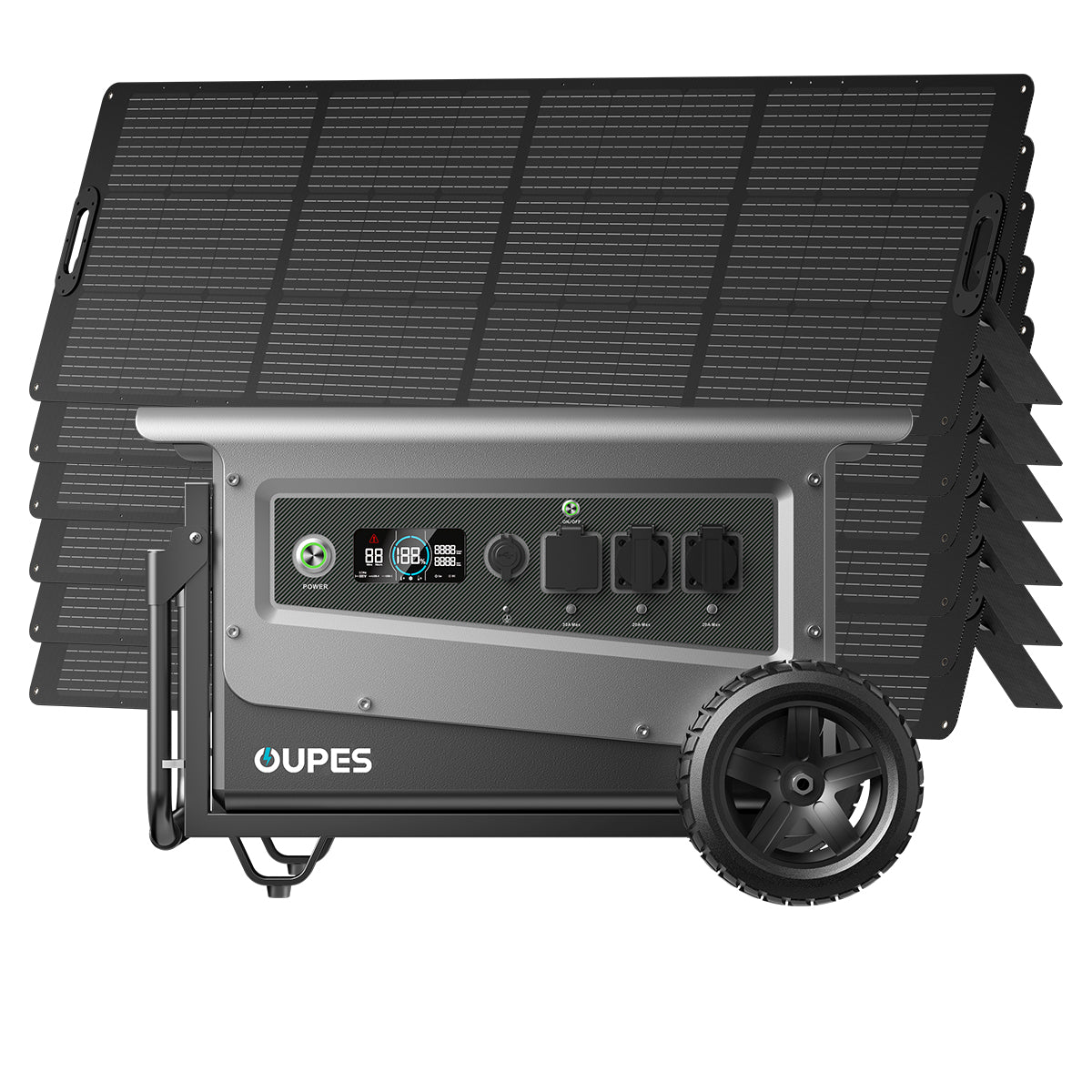
Imagine this: you’re in the middle of a critical DIY project, your tools humming steadily, your creative flow uninterrupted—until the power suddenly cuts out. Or perhaps you’re filming a time-lapse video in your backyard studio, only to realize your camera battery is draining faster than expected. Scenarios like these highlight the fragile relationship between creativity and reliable power. Enter portable power stations: compact, versatile, and increasingly indispensable for modern DIY enthusiasts. Whether you’re a woodworker, photographer, or hobbyist, these devices are reshaping how studios operate, offering freedom from outlets and peace of mind.
Portable power stations aren’t just for camping or emergencies anymore. They’ve evolved into robust energy solutions tailored for creative spaces. With advancements in battery technology and smart design, they provide clean, quiet power that adapts to your needs. In this article, we’ll explore how these devices can transform your DIY studio into a hub of reliability and flexibility, ensuring your projects stay on track no matter where—or when—inspiration strikes.
Why Portable Power Stations Are a Game-Changer for DIY Studios
Traditional power sources often come with limitations that stifle creativity. Extension cords create tripping hazards, generators are noisy and emit fumes, and wall outlets confine your workspace to a fixed location. Portable power stations eliminate these hurdles by delivering silent, emission-free energy in a compact package. For instance, a woodworker using handheld power tools can move freely around their studio without being tethered to a wall. Similarly, a photographer setting up an outdoor shoot can power LED lights and a laptop for editing, all from a single device.
Another advantage is their ability to handle sensitive electronics. Unlike generators, which produce uneven power that can damage devices, portable stations offer pure sine wave output. This ensures that equipment like 3D printers, laptops, and audio mixers receive stable energy, reducing the risk of malfunctions. Additionally, many models feature multiple output options—USB-C, AC outlets, DC ports—making them compatible with everything from soldering irons to smartphone chargers. This versatility simplifies setups and reduces clutter, allowing creators to focus on their craft.
Beyond convenience, these stations enhance productivity. Power outages or scheduled brownouts won’t derail your progress, as many units can sustain critical devices for hours. For studios in remote or off-grid locations, they serve as a primary power source, enabling projects that were once logistically impossible. By untethering creators from traditional infrastructure, portable power stations empower them to work smarter, safer, and with greater flexibility.
Key Features to Prioritize When Choosing a Portable Power Station
Selecting the right portable power station requires careful consideration of your studio’s unique demands. Start by evaluating battery capacity, measured in watt-hours (Wh). A higher Wh rating means longer runtime, but it also increases the unit’s size and weight. For example, a 500Wh station might power a mini fridge for 8 hours, while a 1000Wh model could handle a circular saw for an hour. Balance portability with power needs: a jewelry maker using low-wattage tools might opt for a lightweight 300Wh unit, whereas a metalworker running high-demand equipment may prioritize capacity over ease of transport.
Output options are equally critical. Look for stations with a mix of AC outlets, USB ports, and DC carports to accommodate diverse devices. USB-C Power Delivery (PD) ports are particularly valuable for fast-charging laptops and cameras. Some models even include wireless charging pads for added convenience. Pay attention to peak power ratings, too—tools like angle grinders or air compressors require a surge of energy at startup, so ensure the station can handle brief spikes in wattage without tripping its safety mechanisms.
Advanced features like solar charging compatibility expand a station’s utility. Pairing it with solar panels creates a renewable energy ecosystem, ideal for eco-conscious creators or those working in sun-rich environments. Built-in inverters, MPPT controllers, and app-based monitoring systems further enhance usability. Durability is another factor: rubberized exteriors, dustproof ports, and water-resistant designs ensure reliability in workshops or outdoor settings. By aligning these features with your workflow, you’ll invest in a station that grows with your creative ambitions.
Integrating Portable Power into Your Creative Workflow
Once you’ve chosen a power station, seamlessly integrating it into your studio maximizes its value. Start by mapping your energy consumption: list all devices you’ll power simultaneously and calculate their total wattage. This prevents overloading the station and helps prioritize essential equipment. For example, a potter might prioritize their electric wheel and kiln vent fan, while a digital artist could focus on their iPad Pro and studio lighting.
Strategic placement is key. Keep the station centrally located to minimize cable lengths and reduce voltage drop. Use surge protectors or power strips to expand outlet availability, but avoid daisy-chaining multiple strips, as this poses a fire risk. Label cables and ports to streamline setups—color-coded tags or QR codes linking to device manuals can save time during complex projects. For mobile studios, invest in a sturdy cart or case with wheels to transport the station effortlessly between locations.
Incorporate the station into your routine maintenance. Lithium-ion batteries perform best when stored at 50-80% charge in cool, dry environments. Regularly update firmware if your model supports it, as manufacturers often release optimizations for efficiency and safety. Train everyone in your studio on proper usage, emphasizing load limits and emergency shutdown procedures. Over time, you’ll develop intuitive habits that make portable power an invisible yet vital part of your creative process.
Real-World Applications: How Creators Are Leveraging Portable Power
Across industries, DIYers are finding innovative ways to harness portable power stations. Take indie filmmakers, for instance. On-location shoots often lack reliable electricity, but stations allow them to run cameras, drones, and lighting rigs without diesel generators. One director shared how a 1500Wh station powered a three-day documentary shoot in a rainforest, eliminating the need for fuel runs and reducing their environmental footprint.
Woodshops have also embraced these devices. A furniture maker in Colorado uses a solar-compatible station to operate cordless tool chargers and dust collection systems during peak energy pricing hours, slashing utility bills. Meanwhile, textile artists at pop-up markets rely on compact stations to energize sewing machines and LED displays, turning any corner into a vibrant storefront. Even hobbyist gardeners use them to automate greenhouse lighting and irrigation systems, proving their versatility transcends traditional studio boundaries.
Emergency preparedness is another compelling use case. When winter storms knocked out power for days in Texas, a glassblower kept their annealing oven running via a portable station, saving thousands of dollars in half-finished pieces. Stories like these underscore how these devices aren’t just conveniences—they’re lifelines that protect both artistry and livelihood.
Future-Proofing Your Studio with Scalable Energy Solutions
As battery tech advances, portable power stations are becoming more scalable. Many brands offer expandable systems where additional batteries can be linked to double or triple capacity. This modularity lets studios start small and grow their energy reserves as projects demand. For example, a ceramicist beginning with a 500Wh unit can later connect it to a 1000Wh expansion battery when upgrading to a larger kiln.
Renewable integration is another frontier. Stations compatible with solar panels or wind turbines enable off-grid studios to operate sustainably. Pairing them with smart energy managers—devices that prioritize power distribution based on usage patterns—optimizes efficiency. Imagine a blacksmith’s forge where the station powers induction heaters during the day via solar and switches to grid charging at night when rates drop. Such setups marry innovation with practicality.
Looking ahead, solid-state batteries promise even lighter, faster-charging stations. Wireless power transfer could one day let devices charge simply by being near the station, eliminating cables entirely. By adopting portable power now, creators position themselves to leverage these advancements as they emerge, ensuring their studios remain agile in an ever-evolving technological landscape.
Portable power stations are more than a trendy accessory—they’re a foundational tool for modern DIY studios. By providing reliable, adaptable energy, they remove barriers between vision and execution, letting creators work where and how they choose. Whether you’re crafting in a garage, filming in a field, or prototyping in a co-working space, these devices ensure your power supply is as dynamic as your imagination.
As you consider integrating a portable power station into your setup, remember that its value extends beyond kilowatts and ports. It’s an investment in uninterrupted creativity, a safeguard against unpredictability, and a step toward sustainable artistry. The future of DIY isn’t just about what you create—it’s about empowering how you create it.


